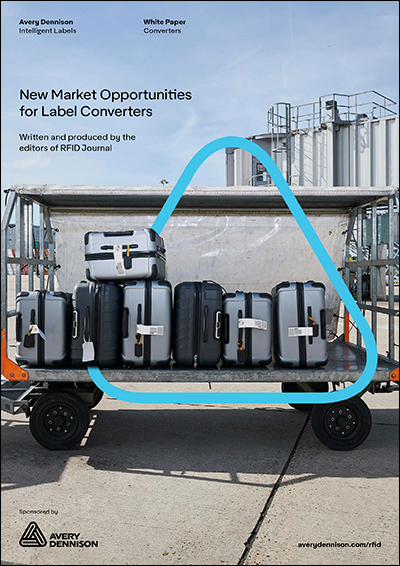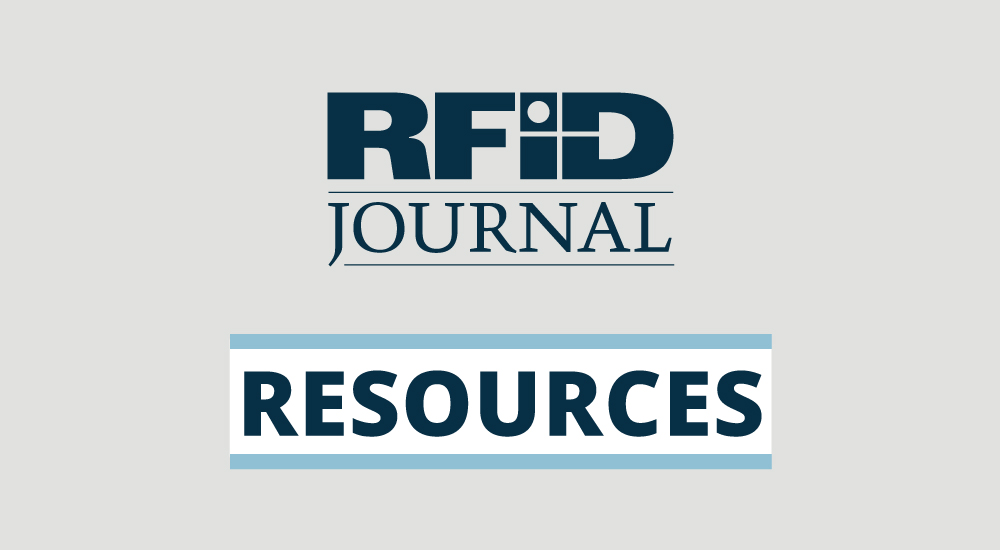 Radio frequency identification has been used to identify, track and manage objects for several decades. For most of that period, the technology was used in niche applications, such as tracking nuclear materials, automated toll collection and access control. Throughout the past decade, intelligent labels embedded with an RFID inlay have proven to deliver big benefits to apparel retailers.
Radio frequency identification has been used to identify, track and manage objects for several decades. For most of that period, the technology was used in niche applications, such as tracking nuclear materials, automated toll collection and access control. Throughout the past decade, intelligent labels embedded with an RFID inlay have proven to deliver big benefits to apparel retailers.
In 2021, more than 16 billion inlays were consumed and an estimated 10 billion of those were used to track apparel in retail application. RFID has begun to gain a foothold in other sectors as well, including cosmetics and beauty, food production and distribution, aviation, automobile manufacturing and logistics and fulfillment. IDTechEx Research, a firm that has been tracking the RFID market for nearly 20 years, estimates that the market for RFID products will grow to $13.4 billion in 2020, from $11 billion in 2018. Other research firms are predicting even faster growth.
The adoption of intelligent labels in new industries is creating additional opportunities for label converters. This white paper, produced by Avery Dennison Intelligent Labels in cooperation with RFID Journal, provides insights into where the biggest market opportunities are and how to seize them. The authors also provide additional resources that label converters can use to aid expansion into the RFID market. (8 pages)

